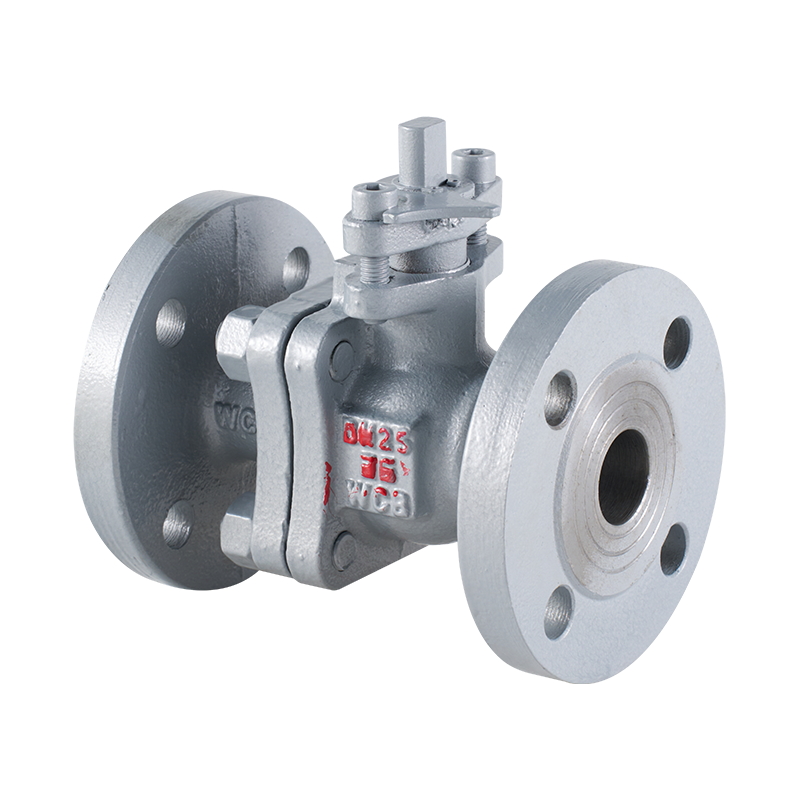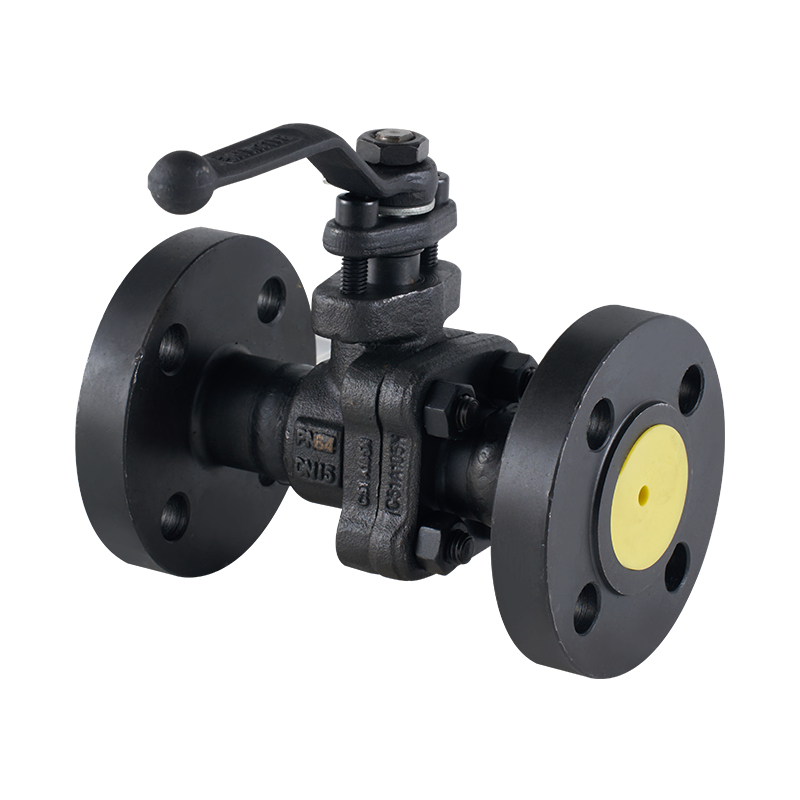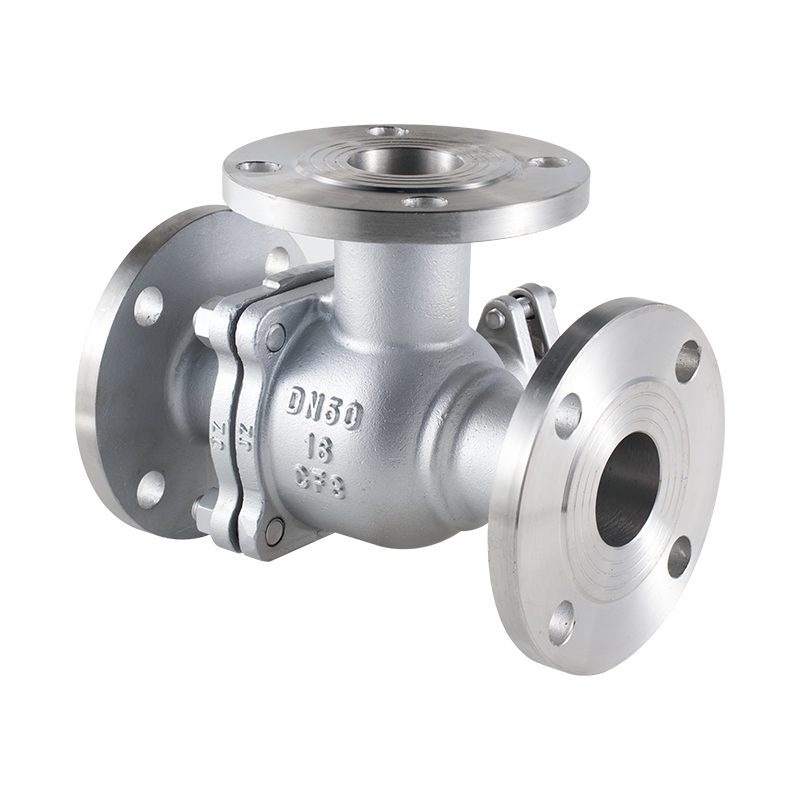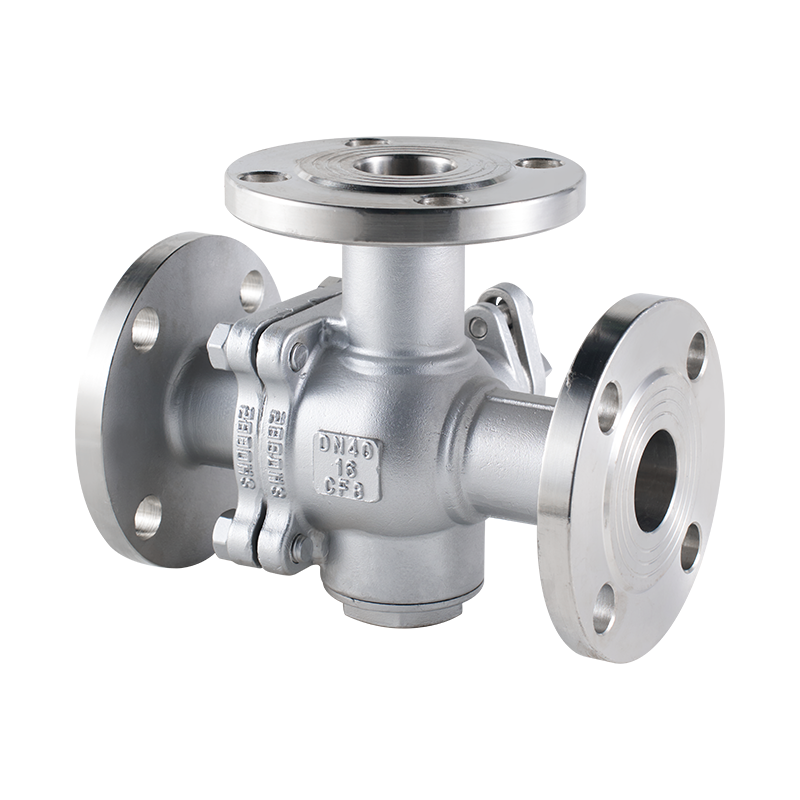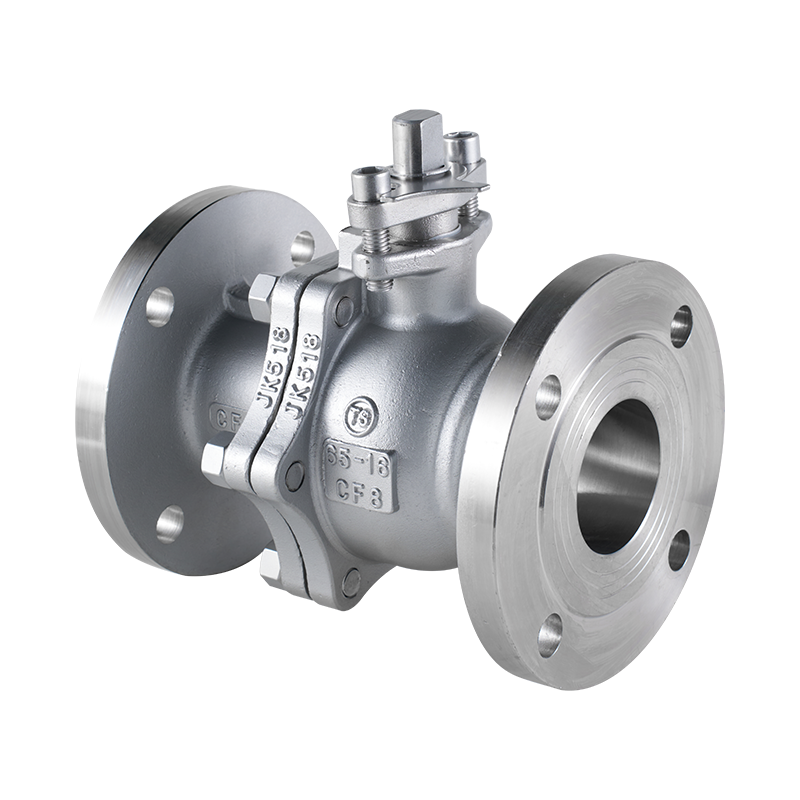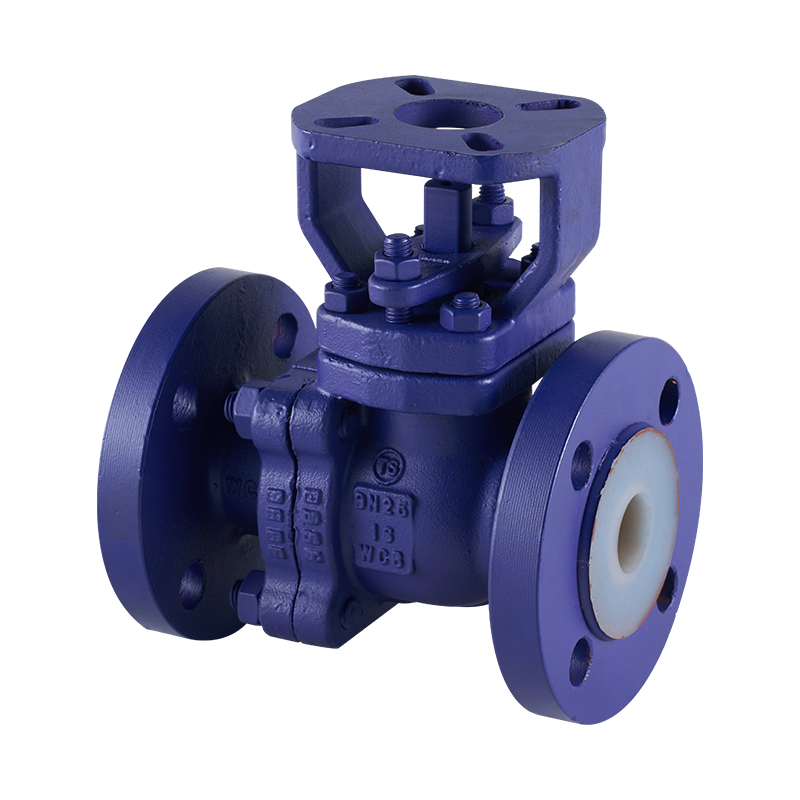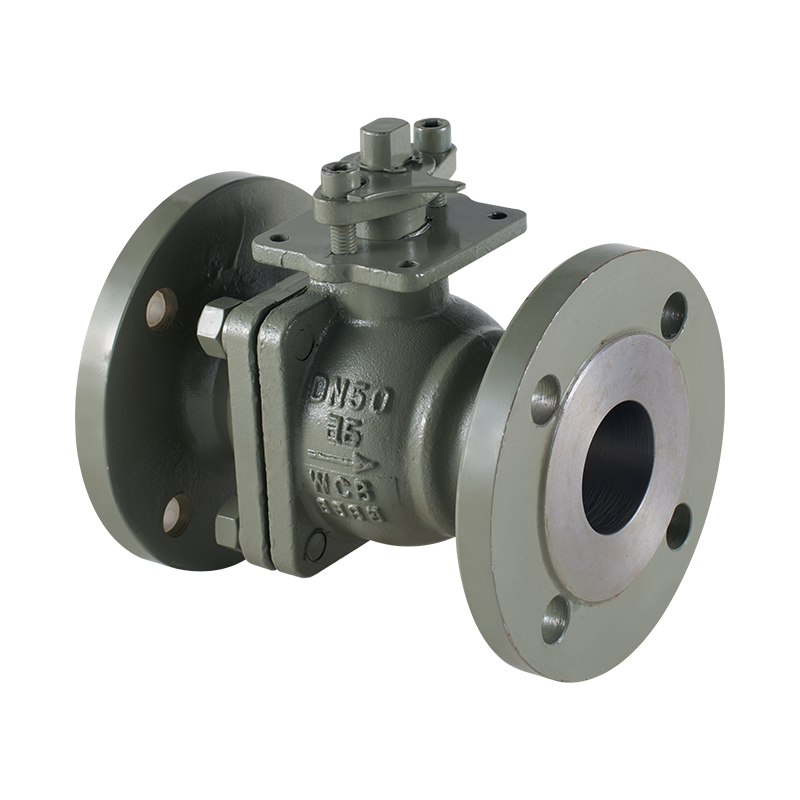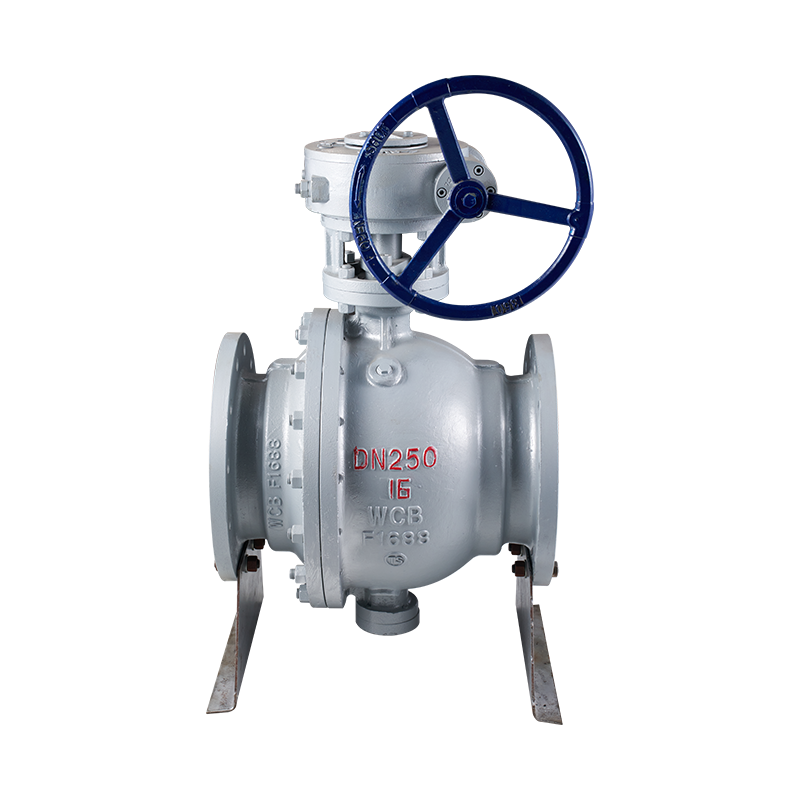The Triple Eccentric Flange End Butterfly Valve is a key component in many industries, including oil and gas, water treatment, chemical processing, and HVAC systems. This valve is known for its precision in controlling the flow of fluids, offering both a high degree of performance and reliability. The term "triple eccentric" refers to the unique design of the valve, which has three offsets: the shaft center, the disc center, and the sealing surface. This feature provides a tight seal and enhances durability, making it ideal for high-performance applications. However, like any sophisticated industrial equipment, the Triple Eccentric Flange End Butterfly Valve can experience defects during its production process, which can affect its efficiency and longevity.
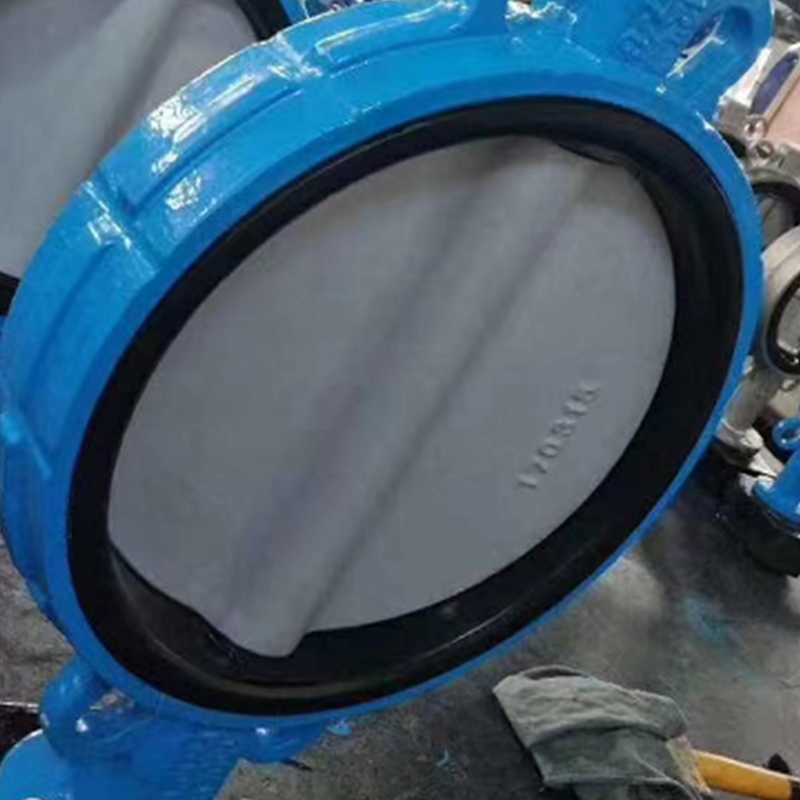
1. Material Defects
One of the common causes of defects in the production of the Triple Eccentric Flange End Butterfly Valve is the use of substandard materials. Since the valve is designed for high-pressure and high-temperature applications, the materials used must meet strict performance standards. Stainless steel, carbon steel, and alloy materials are commonly used for their strength and corrosion resistance. If the raw materials are not up to the required standard, the valve may suffer from premature wear, corrosion, or deformation, affecting its sealing capability and overall performance.
Solution: To mitigate material defects, manufacturers must ensure that the materials undergo thorough testing and quality control checks before being used in the production process. Materials should be sourced from reliable suppliers, and certification from accredited testing laboratories can provide further assurance of material quality.
2. Inconsistent Machining and Precision Issues
The Triple Eccentric Flange End Butterfly Valve relies on precise machining to ensure that all parts fit together properly. The eccentric design, which involves precise offsets of the shaft, disc, and sealing surface, requires high levels of accuracy. If there are inconsistencies in the machining process, such as improper alignment or tolerance issues, it can bring about operational problems such as leakage, poor sealing, or excessive wear of the valve components.
Solution: To prevent these issues, the machining process should be carried out using advanced equipment that can maintain high tolerances. Regular calibration of machines and thorough quality checks during the manufacturing stages are essential to ensure that all components meet the design specifications. Employing skilled technicians with expertise in precision machining is also crucial for achieving results.
3. Poor Sealing Performance
A primary concern in the production of the Triple Eccentric Flange End Butterfly Valve is ensuring the integrity of the sealing surface. The valve's sealing surface must form a tight connection to prevent leakage when the valve is closed. Defects in the sealing surface, such as scratches, grooves, or uneven surfaces, can cause leaks and reduce the efficiency of the valve. Poor sealing can also bring about increased maintenance costs and the need for frequent repairs.
Solution: To ensure the quality of the sealing surface, the valve must undergo precise finishing processes, such as grinding or polishing. It is important to check the flatness and smoothness of the sealing surface throughout the production process. Any imperfections should be addressed immediately, and the valve should be subjected to leak testing before being sent out for installation.
4. Improper Heat Treatment
The Triple Eccentric Flange End Butterfly Valve often requires heat treatment to enhance the hardness and strength of key components, such as the disc, shaft, and seat ring. If the heat treatment process is not carried out correctly, it can bring about uneven hardness, warping, or brittleness in the valve's components. These issues can reduce the valve's durability and make it more susceptible to failure under high-pressure or high-temperature conditions.

 English
English 中文简体
中文简体


